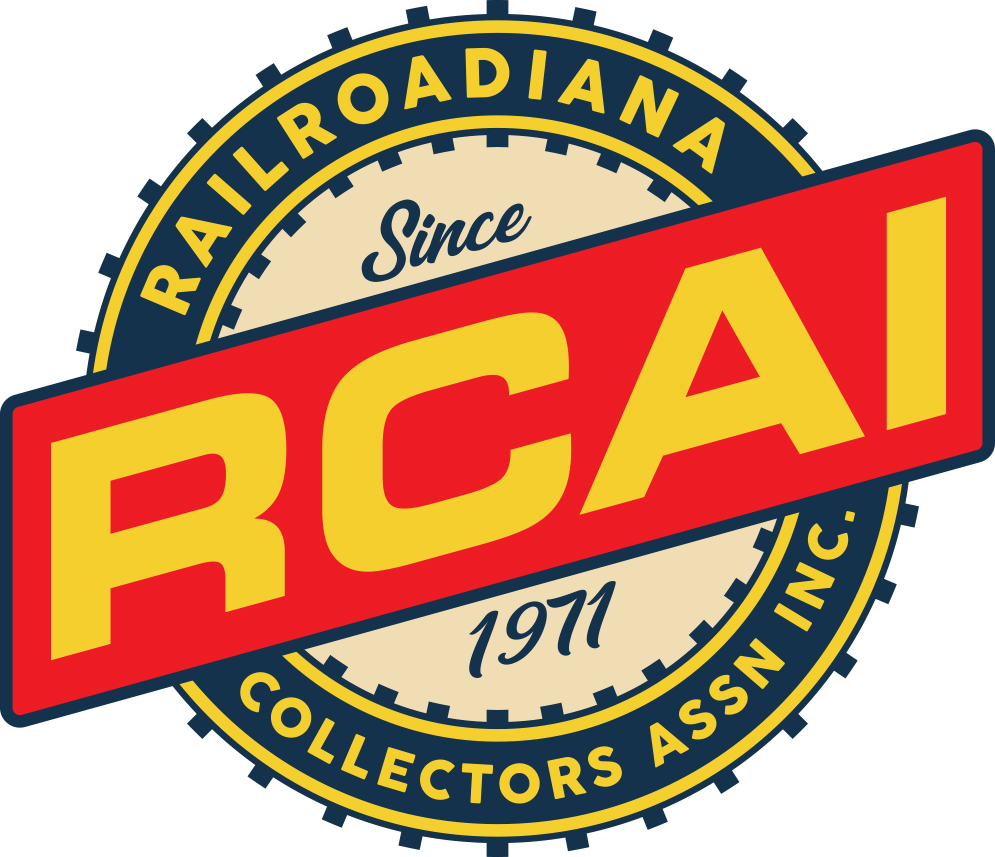Perhaps the fastest growing segment of the railroadiana hobby with both new and seasoned collectors alike is collecting steam and diesel locomotive number and builder plates. This hardware, which was affixed to each individual locomotive a railroad owned, established a unique, individual identity of the locomotive. Collecting builder and number plates is a great entry point into the hobby. Plates off modern (1970-1980s) diesels can still be acquired relatively inexpensive, while plates off unique steam and diesels can easily travel into the five-figure mark. Matching a particular plate with a picture of the individual locomotive can be very rewarding – as is matching a steam locomotive builder plate with a number plate to create a matched “set” of plates. Unfortunately, like railroad signage, there have been a fair number of reproduction builder and number plates produced. RCAI actively works to educate its members and general public on how to identify these fake plates to try to save its members’ money and heartache from purchasing a reproduction plate. We have an active fake and reproduction in the members-only portion of the website.
What is a locomotive builder plate?
A locomotive builder plate is a plate generally affixed to each side of a steam or diesel locomotive that identified the manufacturer, date of production and builder number (think serial number) of each locomotive. Generally speaking these plates were cast in pairs out of iron or bronze on steam locomotives and early diesels. By the late 1950s, locomotive manufacturers were switching plates to be a stamped piece of stainless steel or aluminum. Each locomotive’s builder plates are unique to the locomotive since it carried an individual builder (serial) number. On steam locomotives, these plates were generally placed on each side of the locomotive’s smoke box (front of the locomotive) and centered. On diesels, these plates usually were affixed beneath the cabs of the locomotives on the frame. As steam locomotives were being scrapped in the late 1940s-1960s, collectors wanted to own pieces of the locomotive and builders plates were often the easiest to save from locomotives in the process of being scrapped and more importantly, could be carried off and displayed relatively easy.
Locomotive Number Plates
Locomotive number plates, sometimes referred to “front number plates,” are easily the most identifiable feature of a locomotive as they were generally mounted to the front of the locomotive, often times under the headlight or in the center of the smoke box. They were essential in identifying trains for passing crews, dispatchers and even the general public. On steam locomotives number plates generally were rectangular or round and cast out of iron, bronze or brass. Each number plate was truly unique as there would never be the same numbered locomotive on the railroad’s roster. Locomotive number plates are easily one of the most identifiable feature on a steam locomotives as no matter how dirty the locomotive was in service, the number plate would usually be wiped down or polished before the day’s run. Similar to builder plates, as steam locomotives started to be scrapped collectors wanted a piece of the locomotive and it was easy (and cheap) to acquire these plates from the scrap yards and sometimes even the railroads themselves if collectors wrote their corporate offices asking to buy one. Unlike locomotive builder plates where there was generally always two plates produced for each side of the locomotive, there would only be one front number plate produced for a locomotive. As railroads switched to diesels cast iron and bronze front number plates would be replaced with plexi-glass inserts with back lighting to help identify the number of a locomotives. It’s a tradition that continues to this very day on all of the railroads’ modern diesel locomotives.

